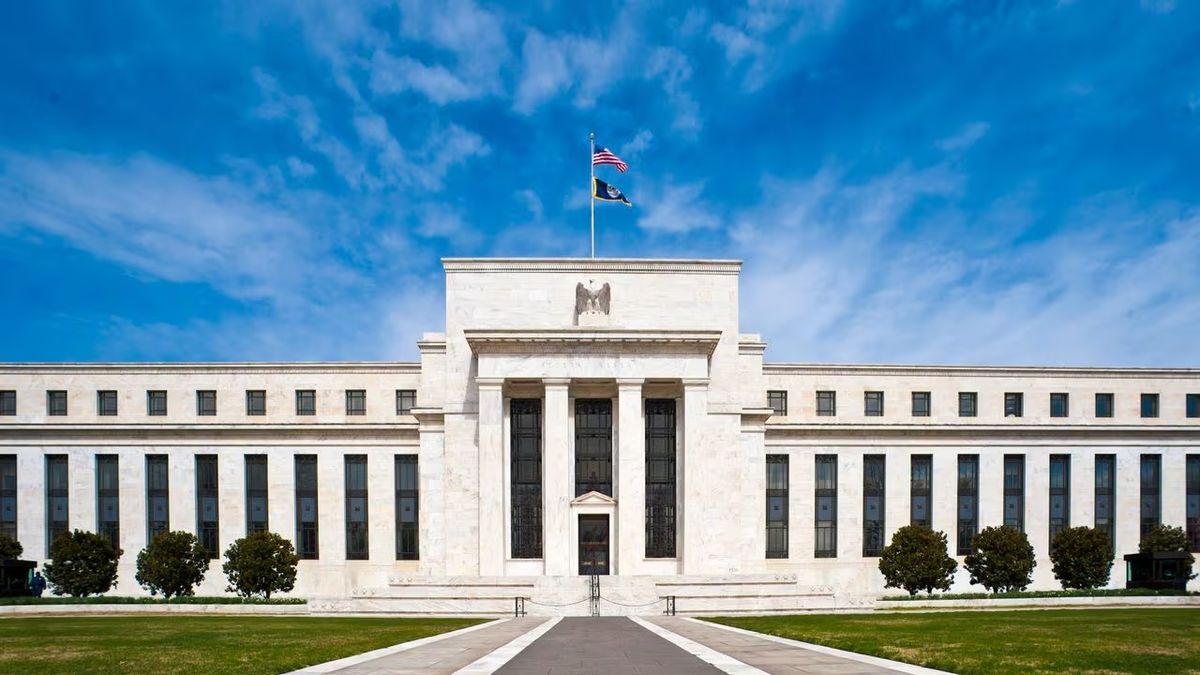The leaders of the central bank of USA will conclude their latest two-day monetary policy meeting this Wednesday with a new statement and comments from the president of the United States Federal Reserve (Fed), Jerome Powellwhich could give a clearer picture of how recent disappointing inflation readings have changed expectations for tax cuts. interest rates this year.
It is almost certain that the Fed will keep its benchmark overnight interest rate stable, with investors placing an almost 100% probability on that outcome and no support for any change in the official interest rate
offered by the leaders before the meeting.
However, a new statement from monetary politics broadcast yesterday afternoon and Powell’s press conference half an hour later should provide some idea of to what extent—if at all—a three-month stretch lost in the battle of the inflation has affected the likelihood that borrowing costs will fall soon.
Those responsible for monetary policy Fed They won’t update their quarterly economic projections at this week’s meeting, so any new guidance depends on Powell’s statement and press conference.
The Federal Reserve made significant progress in bringing inflation back to its 2% target after it had soared to a 40-year high in 2022. But progress has stalled this year and even threatened to regress, pushing central bank officials to downplay when rate cuts might begin.
The key data
At the beginning of the last meeting of the Federal Reserve This Tuesday, two series of data further undermined the outlook. He Employment Cost Index, an important measure of labor market conditions because it is measured quarterly and takes into account changes in the mix of occupations, rose 4.2% year-over-year in the first quarter, matching the rise in the fourth quarter and above what was expected considered consistent with the inflation objective of the Federal Reserve.
Two national house price indicators also showed unexpected strength, dealing a blow to long-standing housing hopes. Federal Reserve that housing inflation would decline and help reduce the overall inflation rate.
“The recent data has not been what the Federal Reserve is looking for,” he said Tuan NguyenUS economist at RSM, and the employment index in particular may have guided policymakers towards a more hawkish view of the recent data, which they still hope will be a roadblock on the path to lower inflation, rather than a sign that progress is stalling.
Investors in contracts linked to the official interest rate of the Federal Reserve They responded to the data by further expanding their expectations for when it might drop, based on the tool’s data. CME Group FedWatchwith an initial reduction of a quarter of a percentage point at the central bank’s meeting on September 17-18 with almost equal odds from Tuesday.
The probability that the type of interest benchmark will not be reduced at all this year from the current range of 5.25%-5.50% was about one in four, down from almost zero at the beginning of April.
The Fed last raised rates in July, and while policymakers have said they are unlikely to raise rates again, Powell’s assessment of this issue in his press conference will be important, if only to reaffirm that the expectation is simply to leave the current interest rate for longer than expected.
“Recent data clearly have not given us greater confidence and instead indicate that it is likely to take longer than anticipated to achieve that confidence” and proceed to cut rates, Powell said April 16 in what were his final public comments before this week’s meeting.
“Right now, given the strength of the labor market and the advances in inflation “Until now, it is appropriate to give the restrictive policy more time to work.”
Source: Ambito




